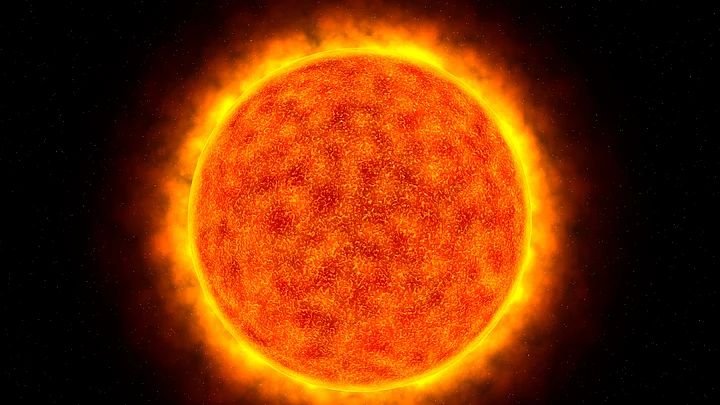The Milky Way’s star-birthing frenzy peaked 10 billion years ago, but our Sun was a late boomer, not forming until roughly 5 billion years ago, according to one of the most detailed galaxy surveys yet.
Astronomers found that galaxies like our Milky Way underwent a stellar “baby boom,” churning out stars at a prodigious rate, about 30 times faster than today.
Our Sun, however, is a late “boomer,” researchers said.
By that time the star formation rate in our galaxy had plunged to a trickle.
However, the Sun’s late appearance may actually have fostered the growth of our solar system’s planets, researchers said.
Elements heavier than hydrogen and helium were more abundant later in the star-forming boom as more massive stars ended their lives early and enriched the galaxy with material that served as the building blocks of planets and even life on Earth.
Astronomers don’t have baby pictures of our Milky Way’s formative years to trace the history of stellar growth so they studied galaxies similar in mass to our Milky Way, found in deep surveys of the universe.
The farther into the universe astronomers look, the further back in time they are seeing, because starlight from long ago is just arriving at Earth now.
From those surveys, stretching back in time more than 10 billion years, researchers assembled an album of images containing nearly 2,000 snapshots of Milky Way-like galaxies.
The new census provides the most complete picture yet of how galaxies like the Milky Way grew over the past 10 billion years into today’s majestic spiral galaxies.
The multi-wavelength study spans ultraviolet to far-infrared light, combining observations from NASA’s Hubble and Spitzer space telescopes, the European Space Agency’s Herschel Space Observatory, and ground-based telescopes, including the Magellan Baade Telescope at the Las Campanas Observatory in Chile.
“This study allows us to see what the Milky Way may have looked like in the past,” said Casey Papovich of Texas A&M University in College Station, lead author on the paper.
It shows that these galaxies underwent a big change in the mass of its stars over the past 10 billion years, bulking up by a factor of 10, which confirms theories about their growth. And most of that stellar-mass growth happened within the first 5 billion years of their birth.
– Papovich
The new analysis reinforces earlier research which showed that Milky Way-like galaxies began as small clumps of stars.
The galaxies swallowed large amounts of gas that ignited a firestorm of star birth.
The study shows a strong correlation between the galaxies’ star formation and growth in stellar mass. So, when the galaxies slow down making stars, their growth decreases as well.
The research appears in The Astrophysical Journal.
